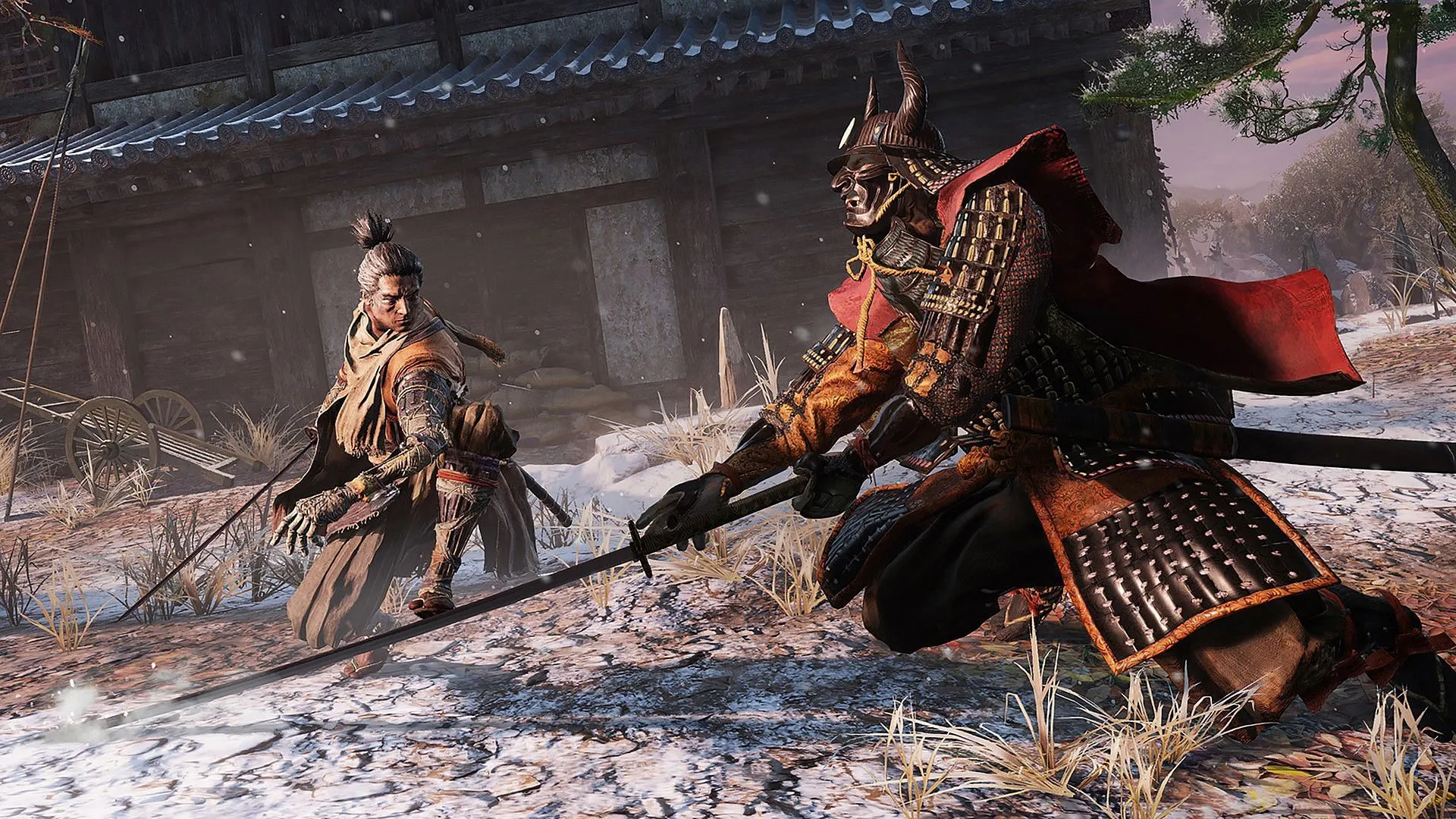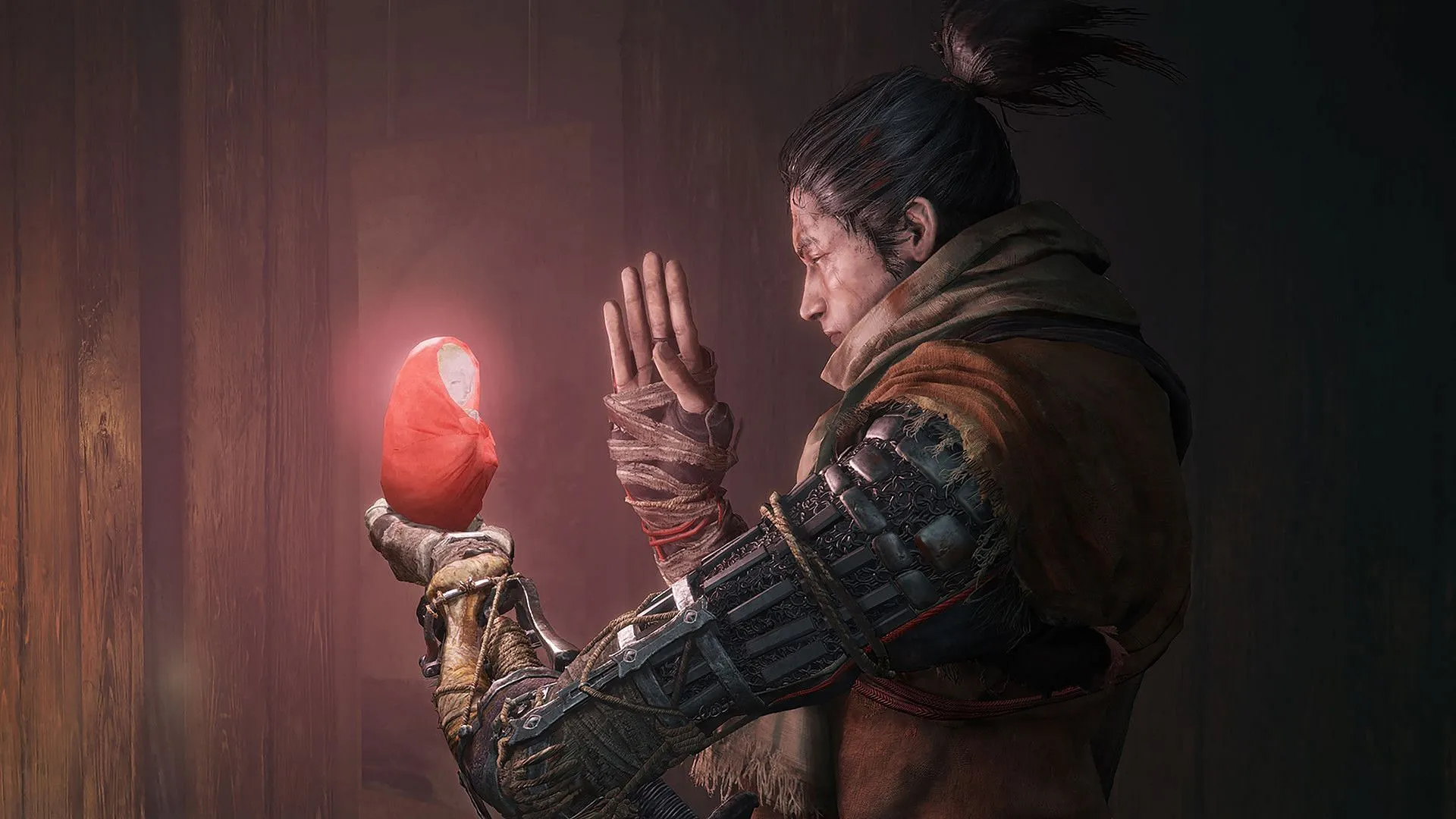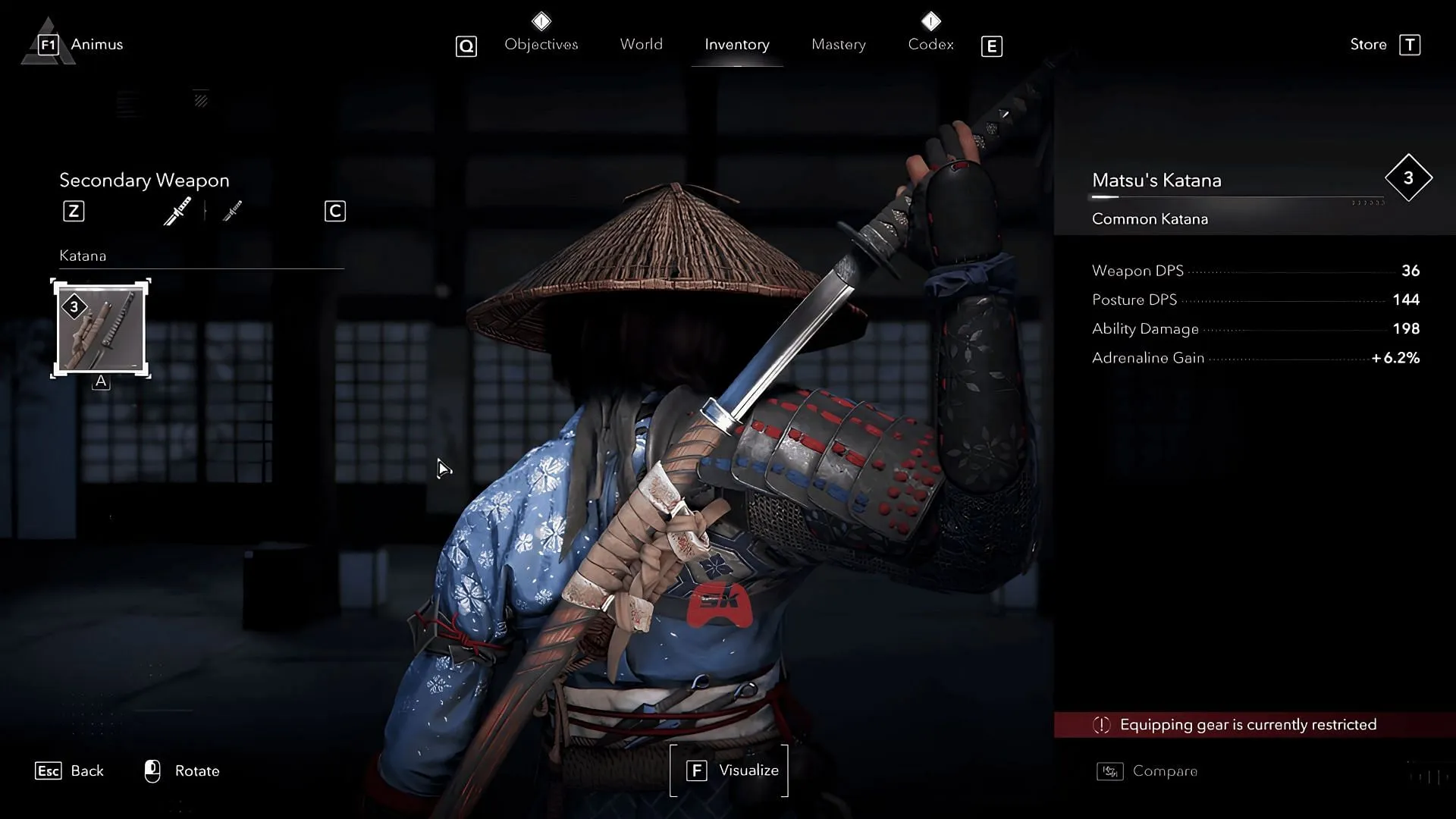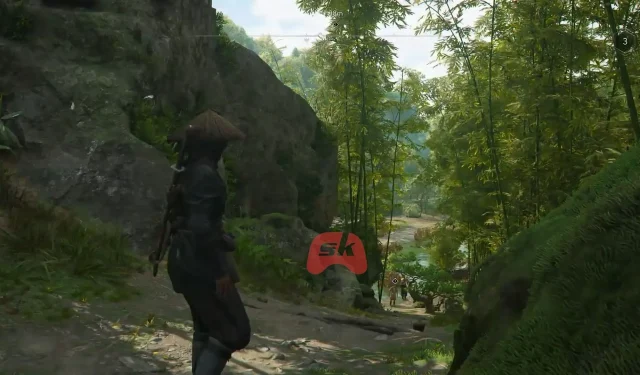In the realm of video games, both Assassin’s Creed Shadows and Sekiro: Shadows Die Twice offer captivating experiences set against the backdrop of Feudal Japan. Each title immerses players in a world dominated by samurai, shinobi, and political turmoil, featuring intricate narratives paired with dynamic combat systems. Despite inhabiting the same historical period, the gameplay mechanics, thematic elements, and storytelling approaches of these two games present significant differences.
Let’s delve into the points of comparison and contrast between Assassin’s Creed Shadows and Sekiro: Shadows Die Twice.
Comparative Overview: Assassin’s Creed Shadows vs Sekiro Shadows Die Twice
Similarities
1) Historical Setting

Both games are set in the turbulent period of Feudal Japan, focusing respectively on the historical narrative of civil strife during Oda Nobunaga’s time in Assassin’s Creed Shadows and the late Sengoku era in Sekiro, which intersperses real history with legends of mythical beasts. Each title offers a unique lens through which players can explore the cultural and environmental intricacies of this historical landscape.
2) Narrative Focus

Sekiro crafts a personal narrative centered on the protagonist, Wolf, whose mission is to safeguard his lord and restore his honor, conveyed through subtle environmental storytelling and sparse dialogue. Conversely, Assassin’s Creed Shadows weaves personal tales through its characters, such as Naoe and Yasuke, while remaining rooted more firmly in historical accounts and political intrigue.
3) Third-Person Perspective
Both titles adopt a third-person perspective, placing players in a position to engage with characters and environments more intimately. This viewpoint enhances the immersive qualities of combat and exploration, whether stealthily infiltrating a castle in Assassin’s Creed Shadows or navigating formidable bosses in Sekiro.
Differences
1) Combat Mechanics

Sekiro’s combat is characterized by a high degree of precision and timing, emphasizing parry mechanics and posture breaks. Players must engage in a dance of attacks and defenses without the safety net of health bars, focusing instead on positioning and skill. In contrast, Assassin’s Creed Shadows allows for a more varied combat experience, featuring health bars and a blend of abilities tailored to different styles, such as Naoe’s stealthy agility against Yasuke’s powerful strikes.
2) Character and Gameplay Style

While Sekiro delivers a singular experience focusing on Wolf’s gameplay, Assassin’s Creed Shadows presents players with the choice of two character styles. Wolf wields a prosthetic arm for enhanced combat mechanics, emphasizing skillful swordplay, whereas players can alternate between Naoe’s quick, stealth-based tactics and Yasuke’s mightier, slower approach in Assassin’s Creed Shadows.
3) Progression and Customization

Sekiro utilizes a clear-cut progression framework, where players enhance skills and upgrade the prosthetic arm without altering weaponry or armor significantly. Conversely, Assassin’s Creed Shadows incorporates a role-playing element with a Transmorg system, permitting players to modify the appearance of gear without affecting attributes, alongside diverse skill trees for each character that emphasize either stealth or brute force.
4) Exploration and World Design
Exploration is integral to both games, albeit approached differently. Sekiro’s smaller, interconnected world facilitates adventure through hidden pathways and shortcuts, empowered by Wolf’s grappling hook. In stark contrast, Assassin’s Creed Shadows boasts a vast open world, spanning 31 square miles that encourages thorough exploration through parkour and strategic movement.
For gamers seeking a richly narrative-driven experience intertwined with tactical stealth gameplay, Assassin’s Creed Shadows is a superior choice. Alternatively, Sekiro: Shadows Die Twice caters to those who appreciate high-intensity combat paired with a historical narrative backdrop.


